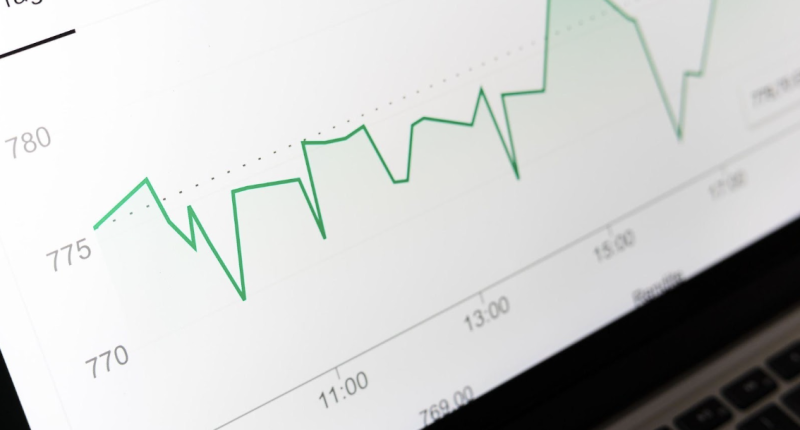Data is becoming more important than ever for businesses across the world. More companies are relying on information to make critical business decisions. However, access to data goes much further than that. It’s also a way for companies to get to know their consumers and interact with them in the best way possible. It also helps businesses gain a deeper understanding so that they can create personalized marketing strategies that reach out to their audience.
There are a few different ways that businesses use to collect information. From adding tracking cookies to their websites to using an Amazon scraper to collect product listings and more. More recently, governments and even some businesses have adopted open data initiatives to help make information available and accessible. Keep reading to discover more about these collection methods and the advances being made.
Data Collection Methods
Gone are the days of manually having to collect the data your business needs. With the invention of the internet, most of the information your business requires is readily available online. You can monitor your competitors, consumers, and even the markets with the simple click of a button. However, along with this time-saving invention, there also came new challenges such as privacy concerns, the accuracy of information, and the ethics surrounding data collection.
Scraping and Tracking
Web scraping and tracking are two of the most popular ways that businesses collect data. Web scraping uses a tool to collect information from websites and search engines. This data is then compiled into an easy-to-understand format that can be analyzed to gain further insights. Web scraping is a great tool for monitoring the competition, comparing your prices and services, discovering investment opportunities and trends in the market, and more.
Alternatively, web tracking makes use of tools like cookies and web beacons to track users’ movements across the internet. This gives the business more insights into its users’ preferences, browsing, and shopping habits.
How Does it Work?
Web scraping works by using a scraper, like an Amazon scraper, and putting in the type of information you want to collect along with other parameters. This can be product lists, prices, descriptions, vendor details, or more. The Amazon scraper will then automatically scan the website and collect any relevant data. This information is then compiled in a format, usually CSV or a spreadsheet, where it can be analyzed.
Web tracking works a little differently and relies on the business’s website. Once a user lands on their page, a digital cookie is stored on their device. This is used to track the user and see what other websites they visit and how much time they spend on these sites.
The benefits of these processes include automation of data collection, getting valuable information on the target market, monitoring competitors and market trends, as well as much more. However, one of the major concerns is the potential privacy risks of these processes. As governments start locking down on user privacy, it’s becoming more difficult to get access to data through tracking and web scraping. This is where open data starts to make an impact.
What is Open Data?
Open data refers to publicly available information that can be freely accessed, used, and shared by anyone, without restrictions. The idea behind open data is to make information available for the public good, intending to promote transparency, accountability, and innovation.
Open data can come from various sources, including government agencies, non-profit organizations, and private companies. It can be in various forms that include text, images, audio, and video. The information can be used for a variety of purposes, such as research, education, and journalism.
The importance of open data lies in its ability to provide insights into various aspects of society and enable new ways of addressing social and economic challenges. The availability of open data has been growing rapidly in recent years. The concept has been embraced by many organizations and governments worldwide, to create a more open, accessible, and connected world.
The Thriving Open Data Ecosystem
The open data ecosystem has seen significant growth and development in recent years. It shows no signs of slowing down. Governments and organizations are increasingly recognizing the value of making their data open, and are investing in the development of platforms, tools, and processes to support open data initiatives. This has led to the creation of a vibrant ecosystem of developers, researchers, journalists, and other professionals who use open data to create new applications, insights, and services.
The future of the open data ecosystem looks bright, with continued growth and innovation expected in the coming years. New technologies such as API access, blockchain, and artificial intelligence are likely to play an increasingly important role in the development of open data. This will enable greater transparency and trust, and it opens up new, untapped avenues for collaboration and innovation. The potential of open data to address social and economic challenges, promote transparency and accountability, and drive innovation, is only beginning to be realized. There is great excitement about the future possibilities of this ecosystem.
Final Thoughts
The open data ecosystem will make data collection much easier, not to mention more transparent. However, this ecosystem isn’t adopted everywhere yet, so web scraping and tracking still have a place in data collection, especially for businesses that rely on the information.





